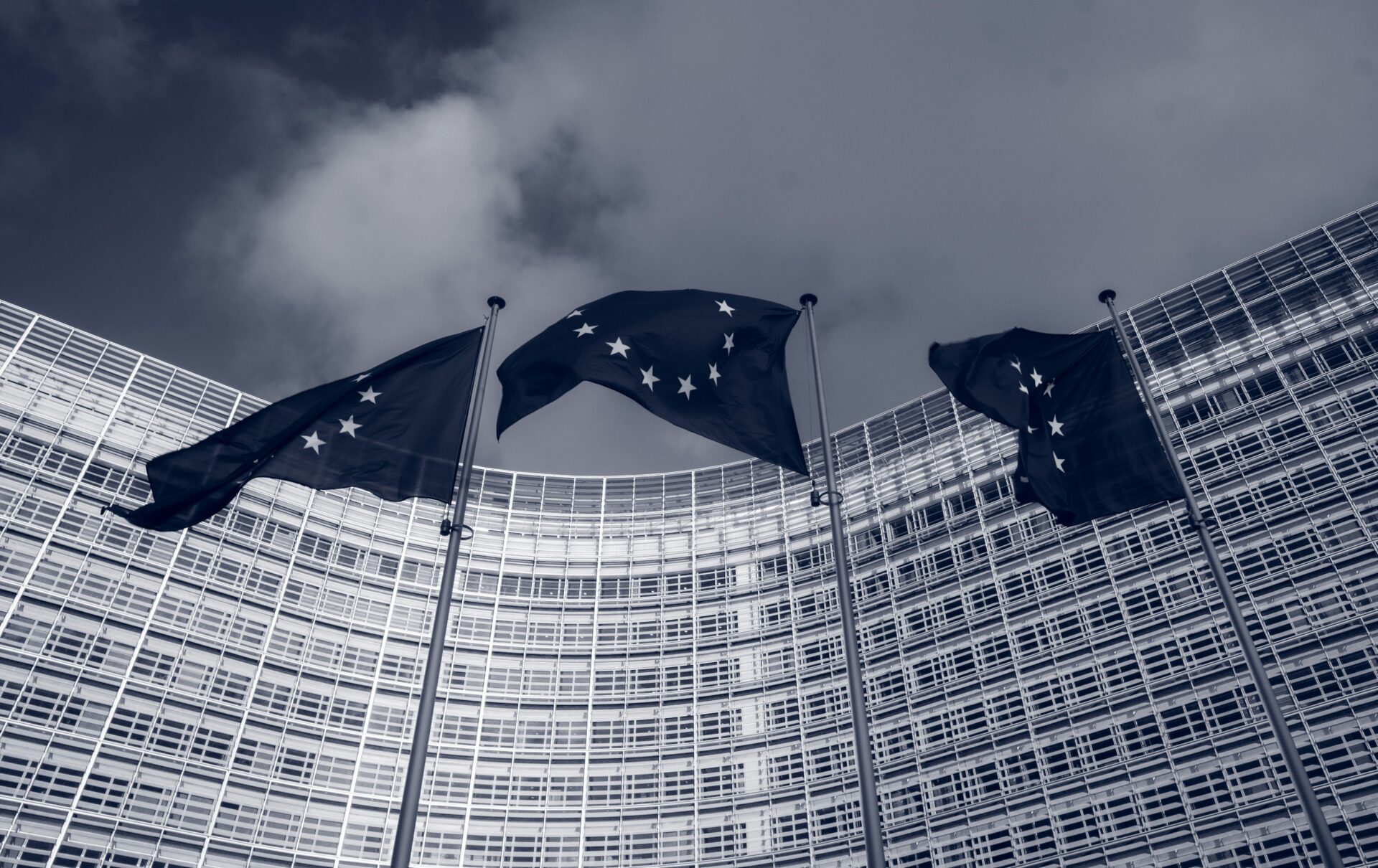There are strong motivations for businesses, both B2B and B2C, to enter the European market: high GDP and growth prospects, access to top talent and expertise, and world-leading industries such as science and technology. US companies can benefit from this through a mix of strategic ambition and opportunism, recent examples include significant acquisitions in Europe and the UK – such as IP’s $7.2 billion offer for DS Smith or Visa’s $2 billion acquisition of financial services API provider Tink.
However, there are numerous examples where ambition has not translated into effective execution, leading to challenging situations – as seen with Walmart’s ultimate withdrawal from Germany. White Space Strategy has advised many of our clients when considering market entry in Europe and here we share our essential dos and don’ts that should form the foundation of any business strategy for entering the European market.
Don’t: View Europe as a Single Market
A grand statement that “when we enter the European market, we will access a market of 91 million pet-owning households / 168 thousand independent hotels / 5,000 banks with EUR 40 trillion in total assets” may sound impressive, but the reality can appear much smaller upon closer inspection. Europe is a geographically, socially, economically, and linguistically diverse group of countries and markets. For most B2B and B2C industries, any effort to penetrate the European market needs to be more targeted. Identifying the subsegments and relevant geographies, and developing an entry strategy that creates a solid foundation for later expansions, will be crucial for any successful market entry.
Do: Understand Your Competition
Easier said than done. Understand not only similar profile competitors but also the threat from smaller local competitors (consider Uber’s struggles against local taxi drivers and unions), and from indirect competitors (such as the strength of private labels compared to the US and other markets). Persevering (read, throw a lot of money and time at the problem) can normally overcome these challenges with time, but alternatively, identifying what makes a competitor’s offer compelling and what are the gaps in their offer is a more prudent approach to setting up a competitive offer. And for more acquisitive companies, this may also stem conversation around acquisition for market entry, to directly benefit from the understanding of how the local market works.
Don’t: Overlook Local Legislation and Regulation
For starters, the UK, the 6th largest global economy by GDP and second largest in Europe, has publicly aimed to diverge from EU regulation in various industries, complicating any attempt to achieve pan-European success. Then across the rest of Europe, a range of pan-national, national and even federal laws can make and break the growth opportunities for both local and international players.
For example, EU legislation and efforts to increase open banking will generate opportunities and threats for both European and non-European players. The European Payments Initiative illustrates a concerted effort by leading European financial institutions to challenge Mastercard and Visa’s hold on European payments. Major international players, such as JP Morgan, have been positioning themselves as significant players in European payments as legislative changes begin to impact the market. Keeping a close eye on the threats and opportunities provided by legislation is essential for firms looking to expand into Europe.
Do: Offer Something Distinctive
European industries are world-leading in many areas. However, offering the right innovation at the right time can lead to successful market penetration for an international player. The automotive industry offers a good example of this: Europe is home to multiple car-making giants including Volkswagen Group, Stellantis, Renault Group, BMW Group and Mercedes Benz Group. But what was the best-selling car in Europe in 2023?
The Tesla Model Y (the first EV to take the title, and the first non-European carmaker to do so).
Between the Model Y and the Model 3, Tesla sold roughly 350k EVs in Europe. The next best-selling EV was Volkswagen’s ID4 at 85k. Tesla’s distinctive offer has resonated with European consumers above traditional local products. Chinese manufacturer MG came in fourth with the (appropriately named) MG 4 selling around 72k. MG represent one of a number of Chinese manufacturers who are having success with smaller, cheaper EVs, a niche somewhat ignored by traditional European manufacturers.
And this is not the first time in leading European industries where foreign companies bring something superior to the market. Since their arrival in Europe in 1987, Bloomberg and their ubiquitous Bloomberg terminal have become integral to European financial institutions, and their presence is expected to endure. The lesson to learn: the right mix of timing and market-leading products (and/or branding) can crack open huge growth opportunities in Europe for market entrants.
Conclusion
The European market offers an attractive opportunity for new revenue opportunities and exposure to major growth trends. Big opportunities are available to those who are well prepared: who understand the markets and the contexts they are targeting and have an offer that presents something attractive and different to the market.
If you’re considering your European market entry strategy, the insights gained from primary market research can be invaluable. White Space are an award-winning consultancy specialising in supporting growth within Europe and are well placed to support. Please contact us here to discuss how we could help.


